La energía renovable es la fuente de energía de más rápido crecimiento en la actualidad, con una expansión media mundial del volumen de energía de un
40 por ciento al año. La energía eólica y la solar son ejemplos de los combustibles alternativos que impulsan un número cada vez mayor de iniciativas ecológicas en todo el mundo. En particular, la energía solar es un ejemplo de una de las fuentes de energía renovable más críticas que impulsan la innovación. Con la contaminación y el cambio climático como principales preocupaciones, la energía solar se ha convertido en uno de los principales recursos de energía limpia y renovable.
La energía solar no sólo reduce los costes energéticos, sino que también ayuda a reducir nuestra dependencia de los combustibles fósiles. Los avances tecnológicos del Internet de los objetos han convertido la energía solar en una solución limpia para una amplia gama de aplicaciones. Algunos ejemplos de energía solar y IoT son las estaciones de carga de vehículos eléctricos alimentadas por energía solar, los sensores inteligentes alimentados por energía solar en dispositivos de producción y distribución, y los vehículos solares.
En esta entrada del blog, exploramos cómo la tecnología de la energía solar y IoT se unen para crear un dúo dinámico en el espacio de la energía renovable, utilizando algunas de las historias de clientes de Digi para demostrar las formas innovadoras en que la energía solar está en funcionamiento hoy en día. Encontrará más ejemplos de aplicaciones, por sectores, en la sección Historias de clientes del sitio web de Digi.

IoT en Seguimiento solar
Suntrack® de P4Q es un ejemplo de gestión de la energía solar. Como líder en controladores de seguidores solares fotovoltaicos, P4Q ha permitido a sus clientes controlar a distancia y en tiempo real campos de paneles solares de todo el mundo. Con algoritmos que pueden determinar la ubicación del sol por fecha y hora y tener en cuenta las previsiones meteorológicas, Suntrack se comunica con una unidad de control del seguidor situada bajo el panel para reajustar cuidadosamente el panel solar a la posición óptima.
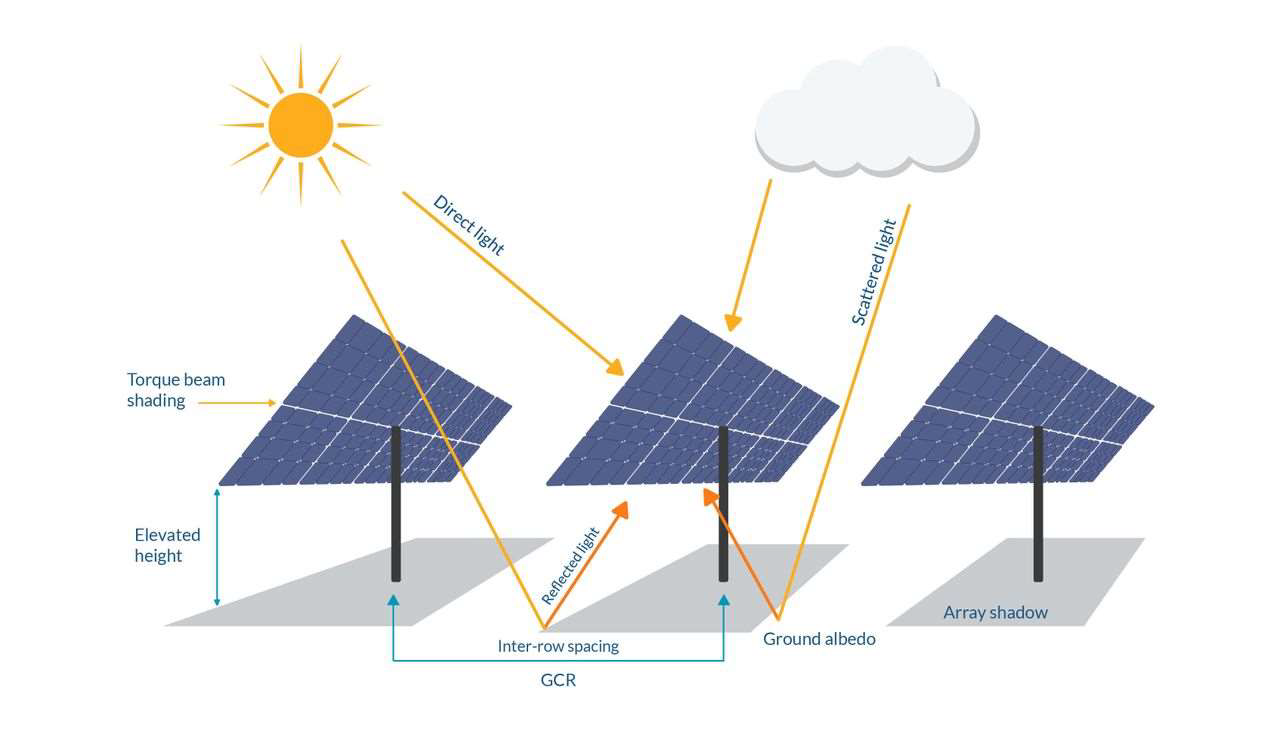
Este sistema está emparejado con un módulo Digi XBee® 3 Zigbee 3.0 que añade conectividad en un tamaño compacto, de bajo consumo y perfil bajo. Basado en la tecnología líder del sector, el módulo precertificado Digi XBee 3 ofrece la flexibilidad de cambiar entre varias frecuencias y protocolos inalámbricos según sea necesario. Esto ha dado a la empresa ecológica la oportunidad de vigilar de cerca más de 1.150 emplazamientos solares fotovoltaicos en todo el mundo.
Puede leer la historia completa de P4Q aquí.
IoT en Vehículos solares
Ya sea para llevar a los niños del colegio a casa o a la cabaña del norte, los vehículos son una necesidad cotidiana. Pero nuestra dependencia de los vehículos de gas es uno de los mayores retos para el medio ambiente. Sólo un galón de gasolina en un coche produce alrededor de 19 libras de dióxido de carbono. Según un estudio realizado por National Geographic, los coches producen alrededor de un tercio de toda la contaminación atmosférica de Estados Unidos. "El smog, el monóxido de carbono y otras toxinas emitidas por los vehículos son especialmente preocupantes porque dejan tubos de escape a nivel de la calle, donde los humanos respiran el aire contaminado directamente en sus pulmones".
¿Qué nos depara el futuro en cuanto a fuentes alternativas de energía para vehículos? Todos sabemos que los vehículos eléctricos son cada vez más populares. Pero ¿sabías que los vehículos solares también pueden ser una respuesta?
En la actualidad, grupos de estudiantes de todo el mundo están aprendiendo ingeniería, diseño electrónico, comunicaciones inalámbricas y mucho más diseñando los vehículos solares del mañana. Echemos un vistazo a algunos de estos proyectos, que ofrecen excelentes ejemplos de energía solar y IoT en acción.
Proyecto de vehículo solar de la Universidad de Minnesota
El Proyecto de Vehículos Solares de la Universidad de Minnesota, dirigido por estudiantes, pretende perfeccionar el diseño de los automóviles y replantearse cómo se puede viajar de forma eficiente, cómoda y práctica utilizando únicamente energía procedente de sus paneles solares a bordo. Integrando múltiples disciplinas de estudio, desde la ingeniería mecánica a la ingeniería eléctrica y las comunicaciones inalámbricas, estos innovadores vehículos demuestran cómo podremos algún día eliminar la gran huella de carbono de los vehículos de gas.
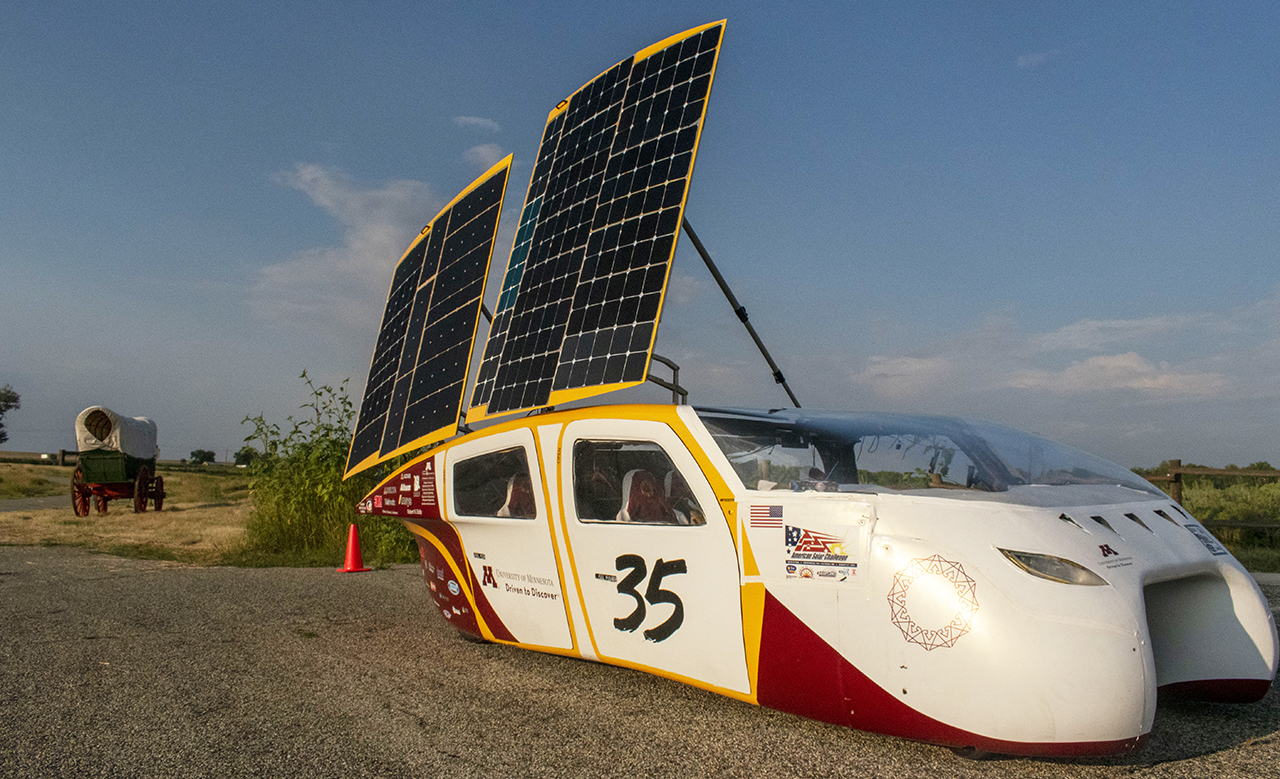
El equipo aplica su ingeniería innovadora para hacer de los automóviles alimentados por energía solar una realidad pragmática. Los módems XBee® de 900 MHz ayudan al equipo a realizar un seguimiento de los datos críticos durante las pruebas y competiciones en las que, a lo largo de varias décadas, el UMNSVP ha construido un sólido historial. En la historia del equipo
- Ningún coche ha fracasado nunca en clasificarse o terminar una carrera
- Han competido en cinco países diferentes, con resultados emocionantes:
Puede leer la historia completa del Vehículo Solar de Minnesota aquí.
Equipo Illini Solar Car
El equipo Illini Solar Car es otro gran ejemplo de energía solar en acción. Este equipo, que compite con la Universidad de Minnesota, ha diseñado, construido y competido con coches solares únicos que están ayudando al mundo a imaginar un futuro sin emisiones de carbono para el transporte personal.
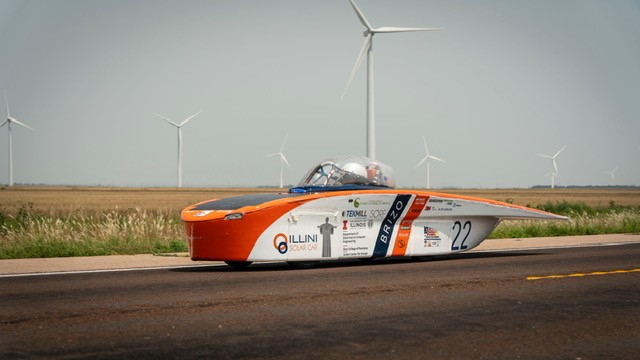
Las carreras en las que participan estos coches solares son largas, con recorridos de unos 1.500 kilómetros a lo largo de varios días. Esto hace que la supervisión de todos los sistemas sea crucial. Esto incluye el motor del vehículo, el consumo de la batería, los sensores de temperatura y la electrónica. Si estos sistemas sobrepasan sus zonas de seguridad, pueden experimentar una fuga térmica que destruya la batería. El módem RF Digi XBee® PRO ayuda a los miembros del equipo a vigilar atentamente el vehículo para optimizar la velocidad, la distancia y el rendimiento.
Puede leer la historia completa del Illini Solar Car aquí.
Proyecto de barco solar de AGH
La energía solar para vehículos no se limita a los coches, como demuestra el equipo del barco solar AGH. Dirigido por un equipo de estudiantes de la Universidad de Ciencia y Tecnología AGH de Cracovia, el proyecto pretende construir embarcaciones eléctricas con cero emisiones que utilicen energía solar 100% renovable.

Para este proyecto, el equipo utilizó dos variantes del módulo RF Digi XBee® SX 868, ambas con un largo alcance de trabajo y altas velocidades de transferencia de datos. Digi XBee Los módulos SX 868 funcionan en el rango de 863-870 MHz, ofreciendo un rendimiento y una inmunidad a las interferencias excelentes. Estos módulos flexibles incorporan el protocolo DigiMesh®, pero también pueden utilizar el protocolo punto a multipunto.
Si la visión del equipo AGH Solar Boat se hace realidad, los barcos autónomos y de emisiones cero que reducen enormemente la contaminación pueden convertirse en el futuro del transporte marítimo y fluvial. Gracias a sensores y sistemas de control avanzados, los barcos son completamente autónomos. Y con paneles fotovoltaicos y baterías de iones de litio, no necesitan atracar para cargar combustible. Todo ello convierte al barco autónomo en una embarcación ecológica con autonomía ilimitada.
Puede leer la historia completa AGH Solar Boat aquí.
Ejemplo de energía solar en la gestión de la vegetación
Incluso en días soleados, los paneles solares fotovoltaicos no pueden generar electricidad respetuosa con el medio ambiente si están tapados por hierbas, maleza y otra vegetación silvestre. Renu Robotics, con sede en San Antonio, está revolucionando la forma en que las instalaciones de energía solar gestionan la vegetación. Con un sofisticado robot cortacésped eléctrico autónomo, la empresa ayuda a las centrales solares a controlar la maleza, la hierba y otros tipos de vegetación para que no crezcan y oculten los paneles solares.
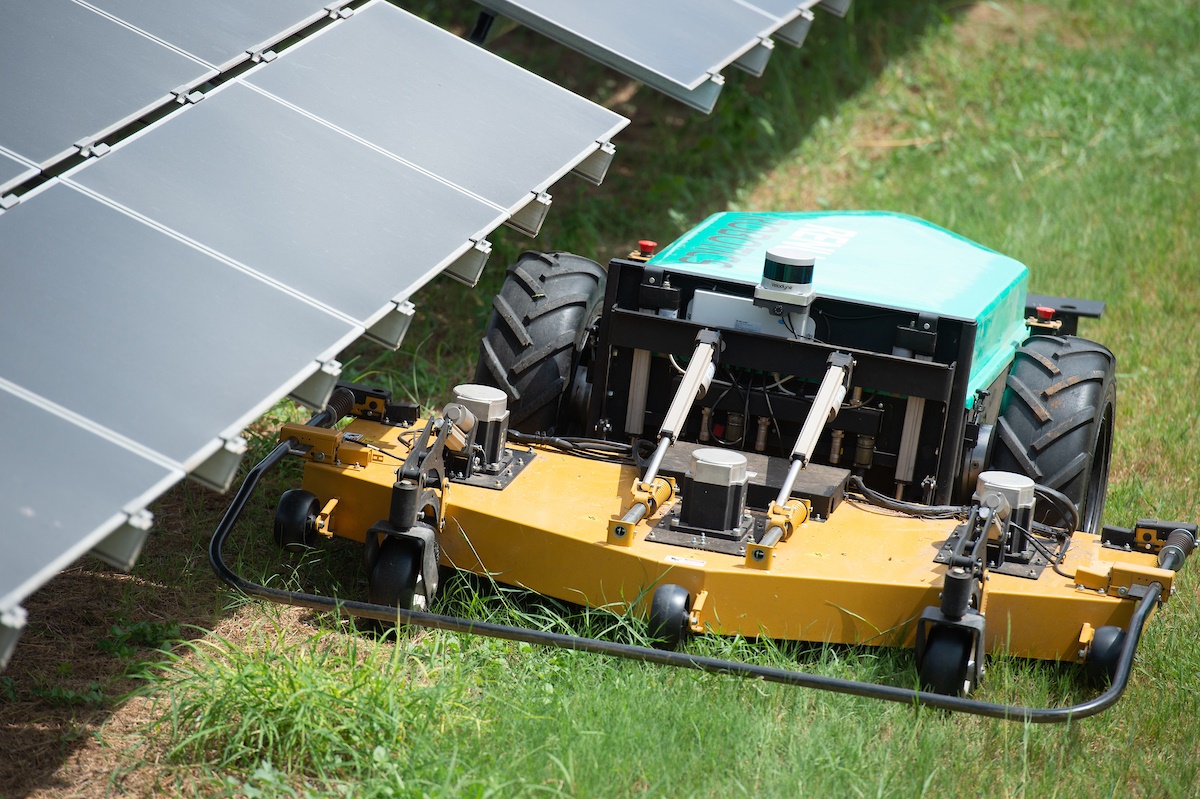
El "Renubot" es un cortacésped/tractor que utiliza inteligencia artificial, baterías potentes, comunicaciones inalámbricas y gestión remota para segar entre hileras de sensores fotovoltaicos, manteniendo la vegetación a una longitud aceptable. Renubot se monta con comunicaciones inalámbricas integradas del Digi XBee® PRO 900HP, un módulo integrado que proporciona la mejor conectividad inalámbrica de su clase a los dispositivos. Gracias a la capacidad de conexión en red, la facilidad de integración y la gama de frecuencias que admite Digi XBee 900HP PRO, Renubot puede abarcar cientos de hectáreas.
Puede leer la historia completa de Renu Robotics aquí.
Ejemplos de gestión de la energía solar en aplicaciones residenciales
Hawai es uno de los estados más dependientes de los combustibles fósiles de Estados Unidos, por lo que es necesario un cambio. Un futuro mejor requiere depender exclusivamente de combustibles renovables y alternativos como la energía solar y eólica, pero ¿cómo es posible? Con el objetivo de recoger y distribuir la energía solar de forma más eficiente, E-GEAR ha desarrollado su innovador Controlador de Gestión Energética con la ayuda de Digi Wireless Design Services. Con la ayuda de proyectos como este ejemplo de energía solar y IoT, podemos ayudar a cumplir la Iniciativa de Energía Limpia de Hawái para que el 50º Estado pase a tener un 100% de energía limpia en 2045.
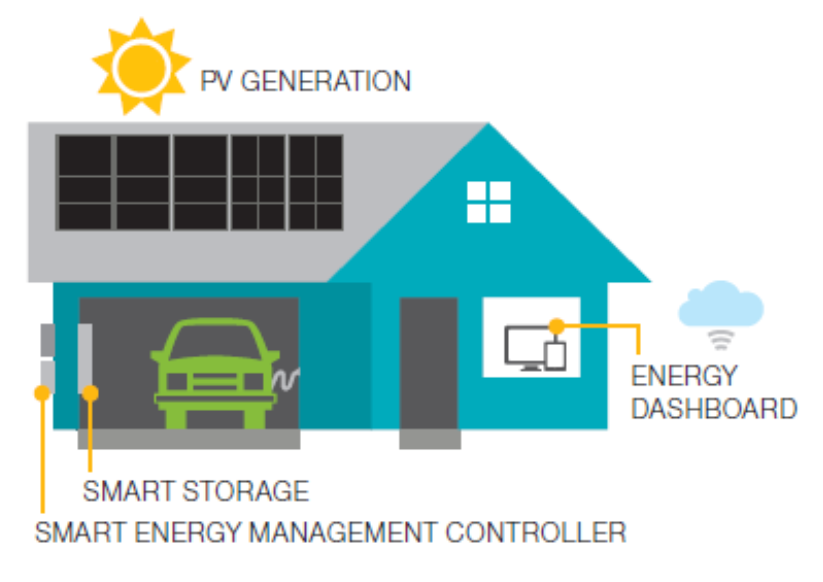
El controlador de gestión de la energía (EMC) incluye un software propio que calcula el flujo de energía y compensa las fluctuaciones en tiempo real de la generación solar y el consumo doméstico, ya sea para capturar el exceso de energía o para enviar suficiente potencia a la red para suavizar las variaciones de generación/consumo. El EMC también incluye conectividad en la nube y controles de panel que permiten tanto al propietario de la vivienda como a la compañía eléctrica ver los datos en tiempo real, controlar a distancia el sistema y tomar las medidas oportunas.
Puede leer el reportaje completo de E-GEAR aquí.
Ampliar las posibilidades de la energía solar en el Tercer Mundo
En el África subsahariana, unos 500 millones de personas viven sin acceso a la electricidad. Los retos que plantea la instalación de una red eléctrica en zonas remotas y subdesarrolladas son numerosos. Devergy es una empresa social comprometida con el suministro de una fuente de energía asequible y fiable a personas de bajos ingresos en países en desarrollo, un gran ejemplo de cómo la energía solar devuelve algo a la sociedad. Fundada en 2010, el servicio se basa en microrredes energéticas del tamaño de una aldea que suministran energía solar a hogares y empresas para el uso de productos cotidianos como luces y electrodomésticos como frigoríficos, televisores y radios.

Devergy utiliza la tecnología Digi XBee® para la red de comunicaciones de sus redes. Cientos de nodos están conectados con XBee, lo que hace que las microrredes solares sean inteligentes, rentables y gestionables. También confían en las pasarelas Digi para las capacidades de Zigbee a GPRS, lo que permite a Devergy ofrecer sus servicios al mercado con mayor rapidez. Con la ayuda de los productos Digi, Devergy ha proporcionado una fuente de energía limpia, renovable y fiable, que además es sustancialmente más asequible.
Puede leer la historia completa de Devergy aquí.
IoT Las aplicaciones de la energía solar son amplias y van en aumento. Estos ejemplos de uso ofrecen una visión general de la gama de proyectos solares que están desarrollando innovadores de diversos sectores.
Próximos pasos